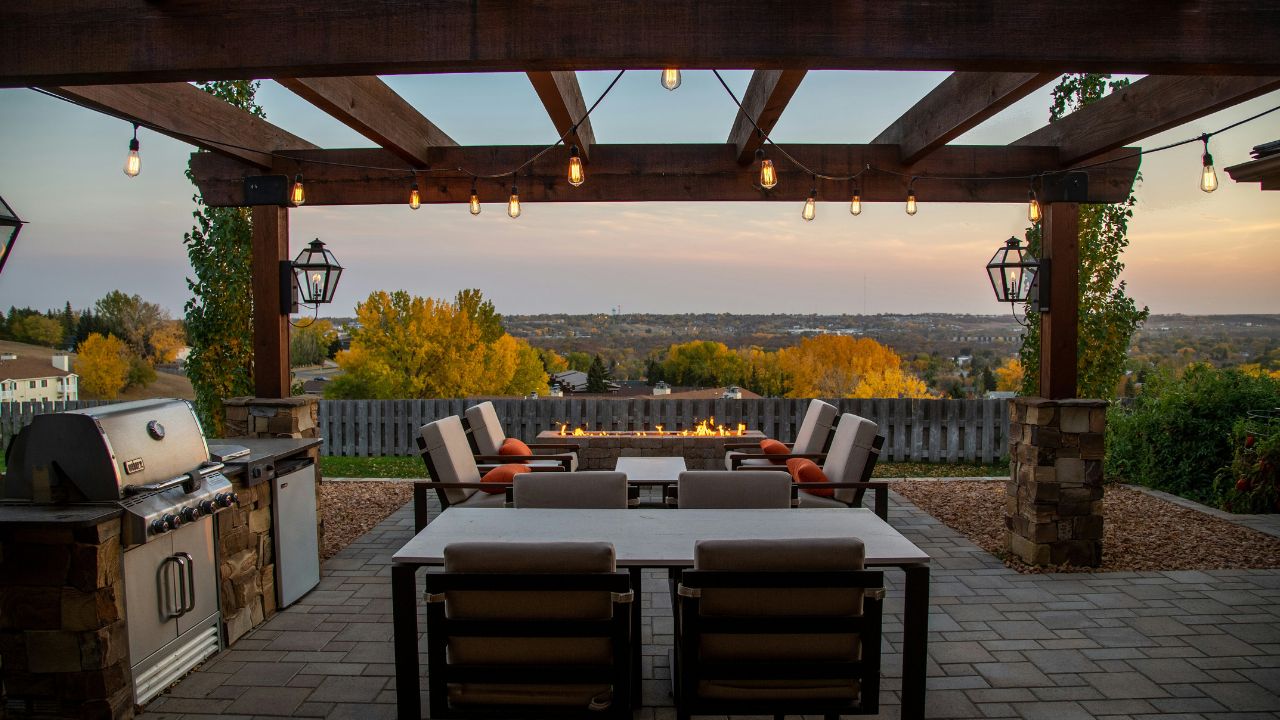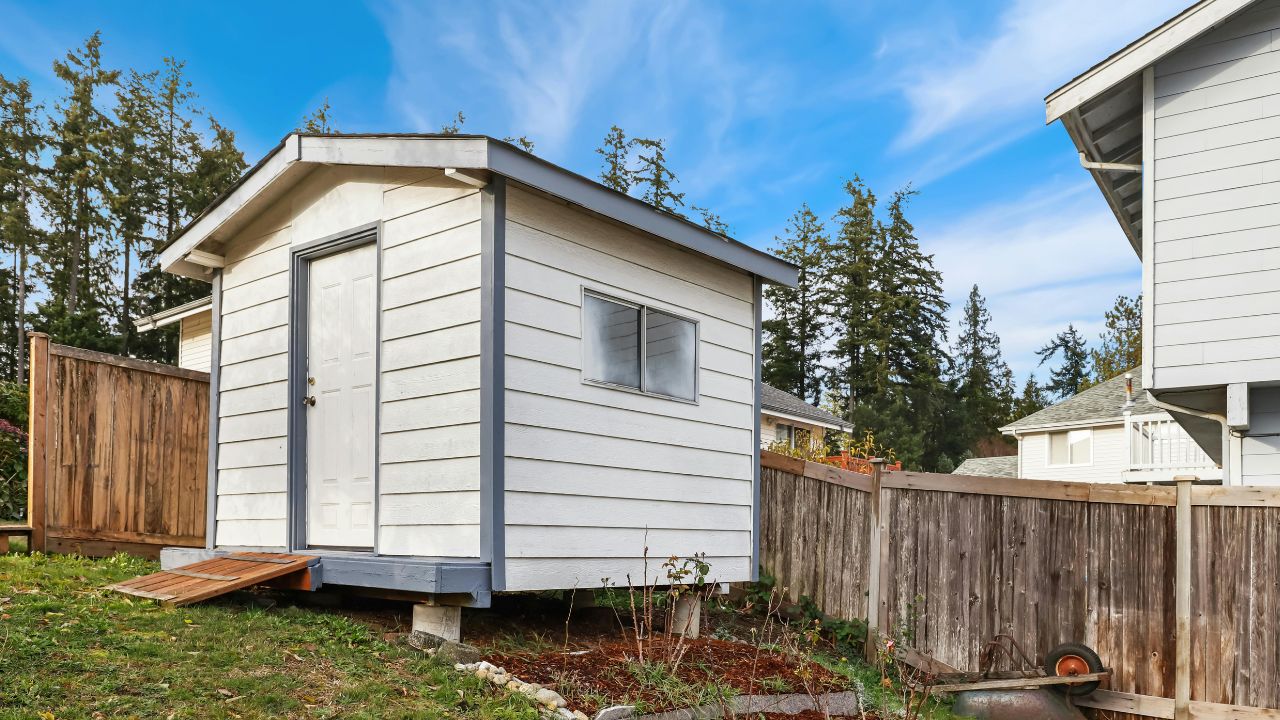The Hidden Costs of Pool Construction
Building a pool is a major investment, but many homeowners underestimate where the biggest expenses come from. While the pool itself might seem like the largest cost, several factors drive up the price, making certain aspects significantly more expensive than others. If you’re considering adding a pool to your property, understanding these costs can help you budget effectively.
So, what’s the most expensive part of building a pool? Let’s break it down.

Key Takeaways:
Excavation and site preparation often require extensive work, especially for complex landscapes.
Pool shell and materials (concrete, fiberglass, or vinyl) significantly affect the total cost.
Filtration and plumbing systems are crucial for functionality and long-term maintenance.
Custom features like waterfalls, lighting, and heating add substantial expenses.
Permits and inspections can contribute to unexpected costs.
1. Excavation and Site Preparation Costs
Before the pool can be built, the site must be prepared. This involves:
Excavation – Removing soil and leveling the area, which costs more in rocky or sloped terrains.
Soil testing – Ensuring the ground is stable enough to support a pool structure.
Retaining walls – Necessary for yards with uneven ground, adding thousands to the budget.
The price for excavation varies, but unexpected challenges like hitting bedrock or underground utilities can drive costs even higher.
2. Pool Shell and Materials: Concrete, Fiberglass, or Vinyl?
The pool shell is one of the most expensive components, with material choices playing a big role:
Concrete pools are the most durable and customizable but also the most expensive, often ranging from $50,000 to $100,000.
Fiberglass pools are pre-molded and typically cost less, but customization is limited.
Vinyl liner pools have the lowest upfront cost but require liner replacements every 5-10 years.
Concrete is the preferred choice for luxury pools due to its longevity and ability to be customized.
3. Filtration and Plumbing Systems
A pool needs a proper circulation system to remain clean and safe. This includes:
Pumps and filters – Essential for maintaining water quality and preventing algae growth.
Plumbing installation – Connecting the pool to water lines and drainage systems.
Automation and smart controls – Advanced systems that manage temperature, chlorine levels, and lighting remotely.
High-efficiency systems may cost more upfront but save money in the long run through energy efficiency.
4. Custom Features: Luxury Additions That Increase Costs
Adding unique features can quickly escalate the cost of a pool project. Some of the most expensive additions include:
Infinity edges – Aesthetic appeal but require specialized construction.
Waterfalls and fountains – Enhance visual appeal but increase plumbing complexity.
LED lighting – Creates ambiance but adds to electrical costs.
Heating systems – Extend swimming seasons but increase energy bills.
5. Permits, Inspections, and Compliance Costs
Before construction begins, homeowners must secure permits and pass inspections. These costs vary by location but typically include:
Building permits – Required for excavation, plumbing, and electrical work.
Safety inspections – Ensuring compliance with local regulations, such as fencing and drainage requirements.
Engineering fees – If special approvals are needed for soil stability or structural integrity.
Skipping these steps can lead to fines or costly repairs later.
Understanding the Biggest Cost Factor
While excavation, labor, and material choice all impact pool pricing, the most expensive part of building a pool is usually the construction of the pool shell—especially for concrete pools. Concrete requires custom designs, specialized labor, and extensive reinforcement, making it the priciest component.
Final Thoughts
If you're planning to build a pool, understanding cost factors helps in making informed decisions. Concrete pools, while durable and customizable, come at a higher price, while fiberglass and vinyl offer more budget-friendly alternatives. Consider site preparation, labor, and additional features carefully to avoid unexpected costs.
Planning your pool build? Prioritizing essential elements over luxury add-ons can help manage expenses while still achieving a high-quality result.



.png)






.png)


